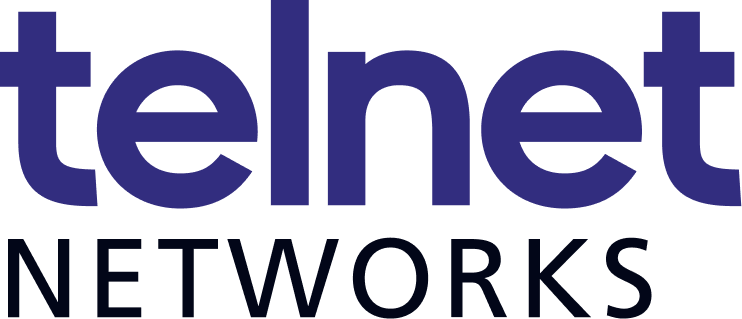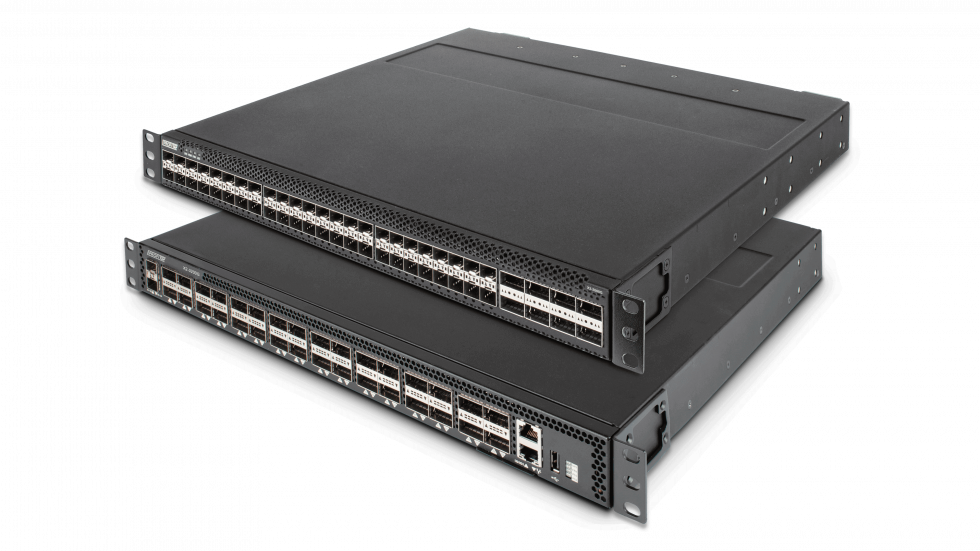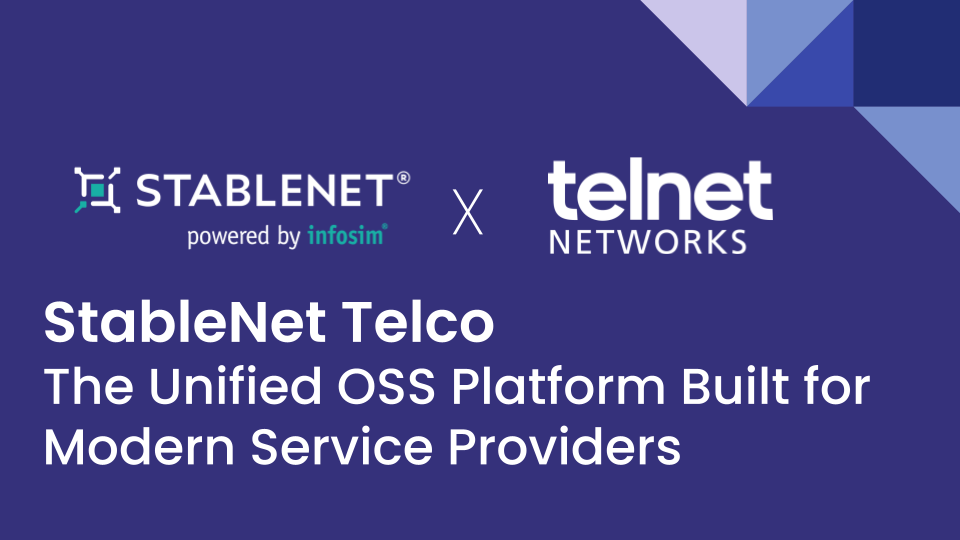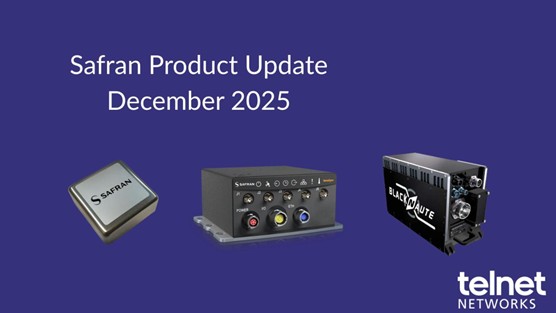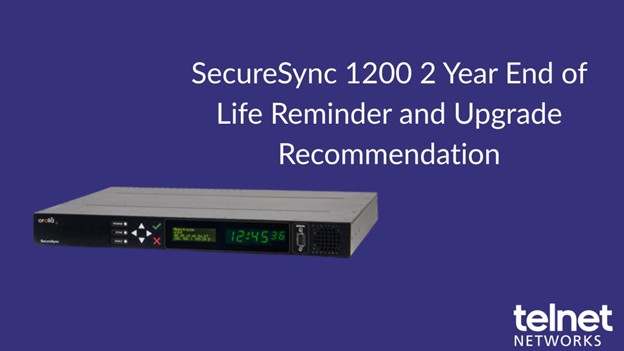Growing networks bring a growth in data transmission speeds with them. Although this is usually a good thing regarding bandwidth capabilities, different transmission technologies can result in incompatibility problems between connections. For example, in the case of 40G and 4x10G connections.
4x10G and 40G are two high-speed data transmission technologies that are incompatible with each other because they utilize different protocols and data formats.
The difference between 40G and 4x10G
40G employs protocols such as 40GBASE-SR4 or 40GBASE-LR4 to transmit data at 40 gigabits per second (Gbps) over four optical fiber strands. It uses a multi-lane approach, where four lanes of 10Gbps data are multiplexed into a single 40Gbps stream.
In contrast, 4x10G leverages protocols such as 10GBASE-SR or 10GBASE-LR, which operate at 10 Gbps over a single optical fiber strand. It adopts a point-to-point connection, where two devices directly exchange data via a single link.
Data Format Differences
40G utilizes the QSFP+ (Quad Small Form-factor Pluggable) transceiver, capable of handling four parallel 10Gbps data streams. The QSFP+ encapsulates the data in a specialized format that aligns with the 40GBASE-SR4/LR4 protocol.
On the other hand, 4x10G employs SFP+ (Small Form-factor Pluggable+) transceivers, which are designed for single-lane 10Gbps connections. The SFP+ encapsulates the data in a different format, compatible with the 10GBASE-SR/LR protocol.
Compatibility Challenges
The incompatibility between 4x10G and 40G arises from the fundamental protocol and data format differences, preventing direct interoperability between the two technologies.
In other words, it’s not possible to directly connect 4x10G links into a QSFP+ port operation on the 40GBASE-SR4/LR4 protocol.
Network Packet Brokers bridge the incompatibility gap
Network Packet Brokers play an important role in bringing together traffic of different types and speeds. Deployed centrally in network monitoring architectures, NPBs optimize traffic flow between TAP and SPAN connections and network monitoring, security, and acceleration tools.
To accommodate incoming and outgoing traffic at different speeds, NPBs feature different port types, ranging from 1/10G SFP+ ports to higher speed ports such as 40/100G QSFP28 or even 100/400G QSFP-DD.
Because they are seen as separate ports on the NPB, they can operate at the corresponding protocol and data format of the incoming or outgoing connections, solving compatibility issues there could have been with a direct link.
This flexibility in port configuration highlights the adaptability, efficiency, and cost-effectiveness of Network Packet Brokers when handling a range of network configurations.
